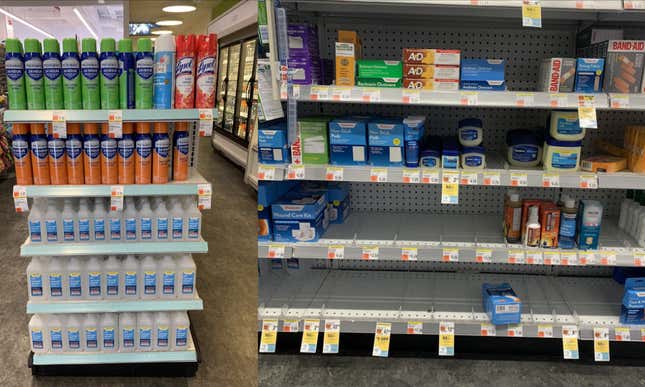

Panic about Coronavirus has ratcheted to an almost unseemly level of handwringing, as reports of new, confirmed cases from locales far and wide proliferate. According to NPR, there are over 100 cases of the virus in the United States alone; Wuhan, the city in China where the virus originated, has been on lockdown for most of the year. The Olympics were nearly canceled. In Italy, the virus runs rampant. A cruise ship carrying 2,500 passengers was quarantined for weeks off the coast of Japan after reports that passengers on the ship tested positive for the virus. Racism, both casual and overt, burbles under the surface. Fearing the worst, and perhaps rightfully so, the general public has begun to prepare for the worst: a global pandemic that will eventually see all of us trapped in our homes, barricaded against the virus via self-quarantine.
Careening towards panic, which is a pleasant impulse in times of great uncertainty, is not the move. Constantly washing your hands, as if you were a nervous raccoon, is helpful. Keeping your distance from those who are sick is, too. After a week of personal panic about whether or not my impulse to not panic was correct, I consulted a friend who is a doctor; she informed me that I should take the same precautions as I would during any flu season and to check the CDC and WHO websites regularly for updated information. However, that conversation was a few weeks ago, and now that the coronavirus is here to stay, the tenor of the general public’s reaction to an incoming pandemic has changed.
Prepping for an imminent quarantine is probably smart, but my instincts tell me that there is no need to run to the nearest Sam’s Club and fill your cart with gallon jugs of hand sanitizer and pallets of toilet paper. However, various anecdotal reports from colleagues and the unwashed masses on Twitter assure me that my lack of panic about stocking supplies for my home is foolish. Hyper-local blog West Side Rag reported on the long lines at the Upper West Side Trader Joe’s, where people braved the seasonal cold to ransack the frozen food section. Various Costcos in the Bay Area have reported that dry goods like beans and rice are selling like hotcakes. Other panic purchases include toilet paper, hand sanitizer, and bottled water, indicating to me that the real panic seems to be that while we are trapped in our homes, public services like water and sanitation will go awry, too.
-

-

-

-

-

-

-

-

-

-

-

-

-

-

-

-

-

-

-

-

-

-

-

-

-

-

-

-

-

-

-

-

-

-

-

-

-

-

-

-








































